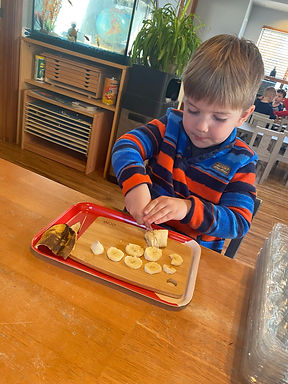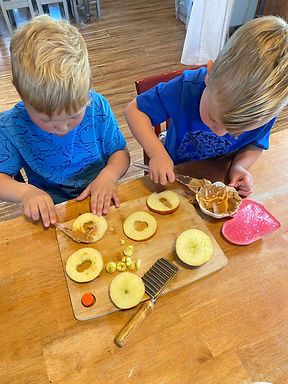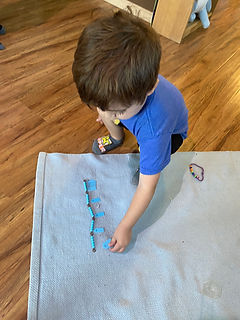Intentional Teaching
"Allowing children to make their own decisions based on internal motivation rather than adult direction sets a strong foundation for developing capable children." -American Montessori Society
During a Montessori work period, children have the freedom to choose what activity or activities they would like to work on based on their interests. This work period is a time of self-guided, uninterrupted activities. A typical Montessori environment contains five areas of the classroom: practical life, sensorial, math, language, and cultural. Having a prepared environment allows the child to move independently throughout the classroom, experiencing each material without the interruption of an adult. Each work placed on the shelf is placed intentionally. The material has a specific lesson for the child to experience independently.
According to the work of Alfred Adler and William Dreikurs, children are consistently looking for a way to find a sense of belonging and significance. Montessori discovered that children wanted to engage in activities they saw adults participating in, so she created the Practical Life area of the classroom. This area contains works similar to those tasks children see their caregivers doing in the home. Duties include washing /folding clothes, cleaning tables, sweeping and mopping floors, and prepping for meals. By giving children the opportunity to participate in these activities, we provide them with the belief that they are significant and contribute to the classroom and the family.







"It is through appropriate work and activities that the character of the child is transformed."
- Dr. Maria Montessori
The San Remo Lectures, 1949.





Works in a Montessori environment are intentional and...
-
Chosen by the child
-
Not forced
-
Serve a developmental purpose
-
Self-correcting
-
Process-based
-
Developmentally appropriate
-
Inviting